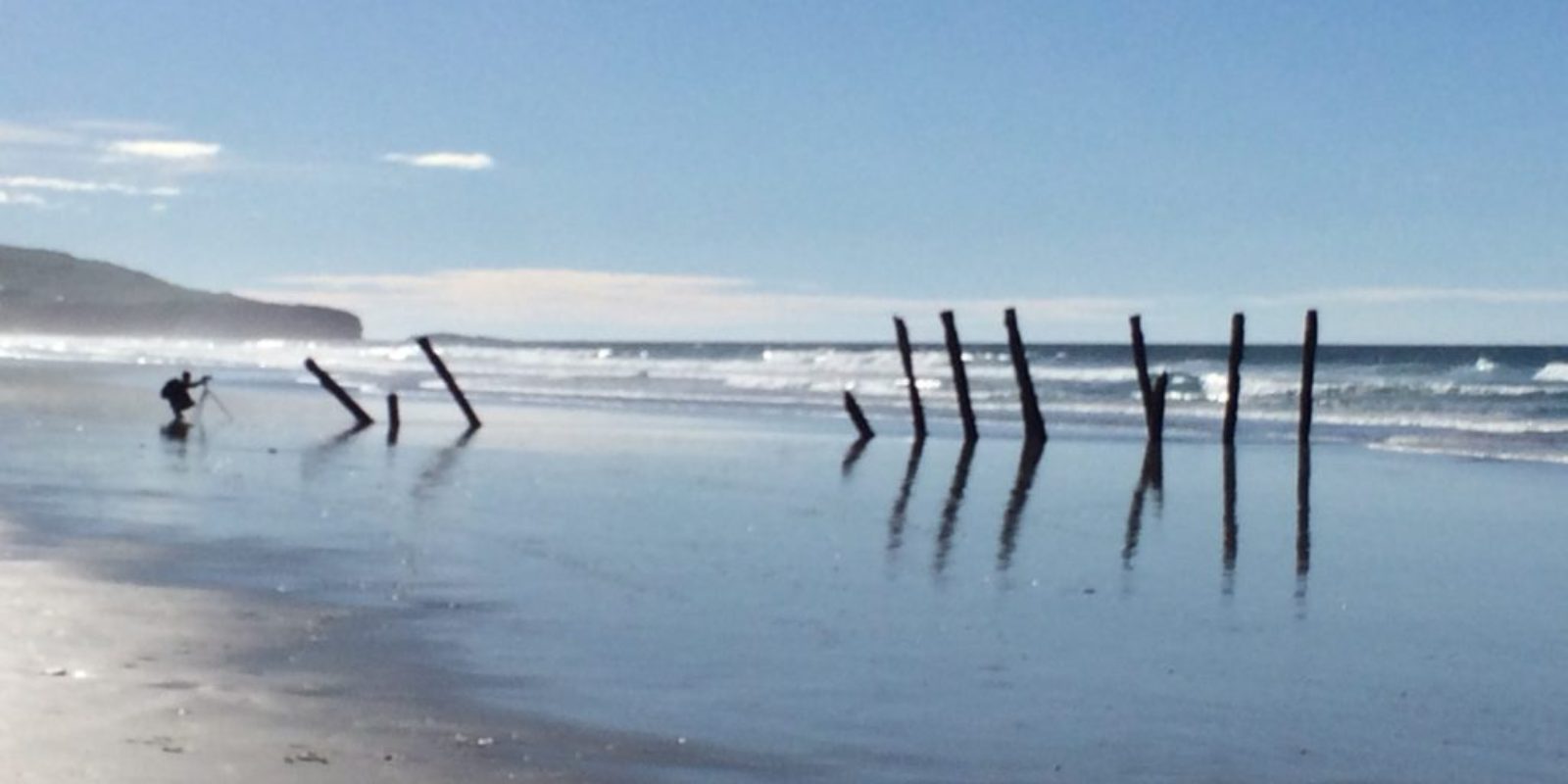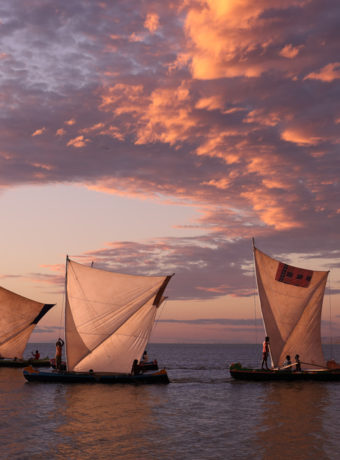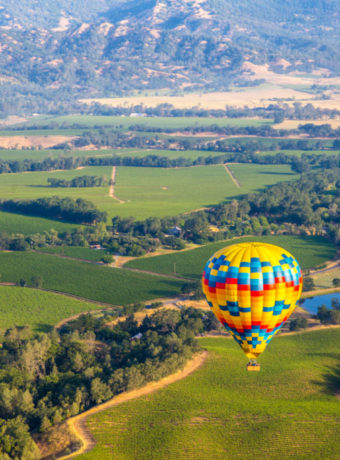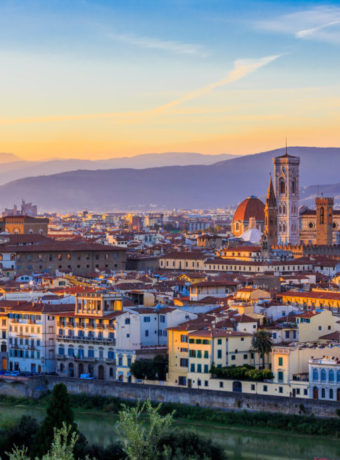Dunedin, New Zealand is one of my favourite cities simply because there is so much to do, yet so few people visit! The city lies at the head of the Otago harbour, on the eastern coast of New Zealand’s South Island. It’s about five hours due south of Christchurch, New Zealand and about three hours northeast of Invercargill. Besides the excitement of the small city, Dunedin is surrounded by incredible wildlife and landscapes, from penguins to white sand beaches.
Dunedin, New Zealand
Maori tribes lived along the southeast coast of the South Island for some time, however it was the arrival of Scottish immigrant ships that contributed to the growth of the city. As I mentioned in Wednesday’s Queenstown, New Zealand post, Dunedin really exploded during the Otago gold rush. Dunedin and its surroundings are the remnants of an extinct volcano; it’s an incredibly hilly city. (In fact, the steepest street in the world, Baldwin Street, is in Dunedin’s North East Valley. Every year, Cadbury hosts a Jaffa race, where people throw thousands of Jaffas (little chocolate orange candies) down the street. It’s a huge charity event and wildly popular.)

The first archaeological evidence for human settlement in the Dunedin area was found at Kaikai Beach, near Long Beach, north of the city. Another pa site was found at Taiaroa Head. Still other campsites have been discovered in the city proper.
Captain James Cook sighted seals here, which led to whaling and seal settlements at the start of the 19th century. By the middle of the century, missionaries arrived and set about creating a city. Thousands of Scots immigrated, many from the Lowlands. The Otago gold rush saw the city’s boom years, when museums, schools, industries, and universities. Dunedin also had the world’s first cable tram line, which opened in 1881. The tram line was also the last, stopping service in 1957.

Did you know? San Francisco, California was the first city with a cable tram line.
Modern immigration into Dunedin included people from all over the world, from Germans and Italians to Japanese and Chinese. The Chinese Gardens are among some of the prettiest in the world.
Post-World War II, the city’s population declined although culturally the city grew leaps and bounds. In the 1970s, researchers conducted a study of a thousand children, now known as the Dunedin Study. They continued to follow these children and the results, including recent meetings, are at a local museum. It was the first study of its kind and set the bar for learning more about human development and nature vs nurture. (It’s a bit more long winded than that, though.)
Dunedin has New Zealand’s oldest newspaper, the two oldest secondary schools (Otago Boys and Otago Girls), and the world’s only mainland royal albatross colony. Spectacular New Zealand scenery, like the Catlins, Moeraki Boulders, and Aramoana are nearby, and the many hidden bays and beaches on the Otago Peninsula are mere minutes from town.
What to do in Dunedin

Dunedin, New Zealand is a GREAT outdoor city! In addition to the many walks on the peninsula, there are some right in the city proper. Mount Cargill is a popular one, as is Signal Hill. My favourite is the Organ Pipes track (above) because of the basalt columns. This unique geological feature is found here, in Raglan (near Hamilton on the North Island), at Fingal’s Cave, Scotland, and at the Giants Causeway, near Belfast, Northern Ireland.

There is a plethora of museums in Dunedin where you can see what the city looked like in the 19th and 20th centuries. The original tram line is memorialised at the Toitu Otago Settlers Museum, which is a few minutes walk from the Dunedin Railway station. The railway station is well worth checking out for it’s intricate ceiling details. A really great day trip is one of the two rail trips from Dunedin. The first is the Taieri gorge trip, which highlights the Otago gold rush. The second is the seaside trip, which takes guests along the old rail line to Oamaru. The city’s main buildings are predominantly Victorian greystone, although in the 1960s many of the Victorian houses were destroyed.

Dunedin, New Zealand is a young city and attracts a number of creative people, from artists to musicians to writers. There’s a thriving bar scene, tons of great coffee (possibly rivalling Wellington, New Zealand), and a strong community. Two breweries were born here, and it’s possible to tour the Speight’s Brewery. The Speight’s Ale House is just around the corner, and they offer a tour and meal package for a great price. (If you do go, tell them you read about it on Sarah’s blog!)
Other excellent attractions in and around the city include Tunnel Beach, Port Chalmers, and St Kilda.
Wildlife in Dunedin

Many people come to Dunedin, New Zealand to see the seal colonies and albatross colony on the Otago Peninsula. It’s a bit of a drive out to the colony, although both tours and regular city buses run out there, but it’s well worth it. In addition to tours of the royal albatross colony, they also host little blue penguin tours, which I think are fantastic. It’s very difficult to see penguins on your own in New Zealand, even though there are quite a few. You must be quiet and patient, and can’t approach them. If they get scared, they may return to sea – large moving things on a beach after all are predatory to them – and not come home with food for their family. A tour, whether its in Dunedin, Oamaru, Christchurch, or another city, is the best way to ensure you see penguins.
Why to go south from Dunedin, New Zealand

One of New Zealand’s most remote parks is south of Dunedin, between Balclutha and Otara. The Catlins Forest Park is a stunning landscape with jagged cliffs, hidden waterfalls, and abandoned tunnels. (And I have way too many photos I want to show you!) It’s a full day trip down to the Catlins, although there are a few places to stay (mostly b&bs) in some of the larger small towns. It’s possible as well to drive through and sleep in Invercargill if you’re heading west to Te Anau and Milford Sound! Either way, Dunedin – with it’s winding lanes, vibrant culture, and spectacular scenery – shouldn’t be missed!
**
|| Auckland || Rotorua || Napier || Wellington || Nelson || Christchurch || Queenstown ||




